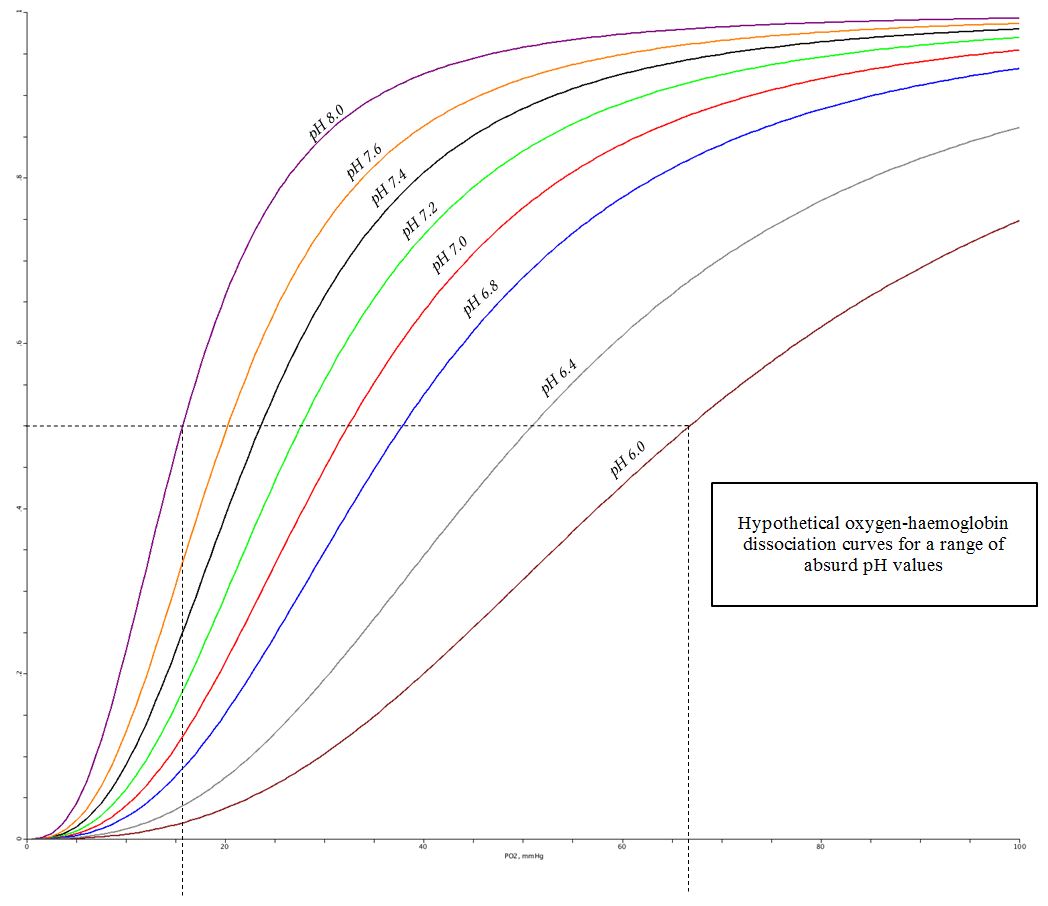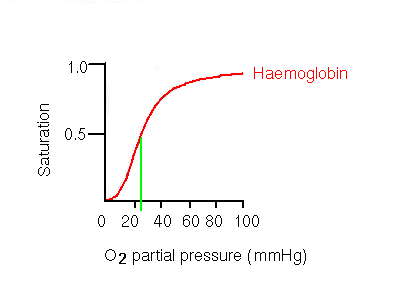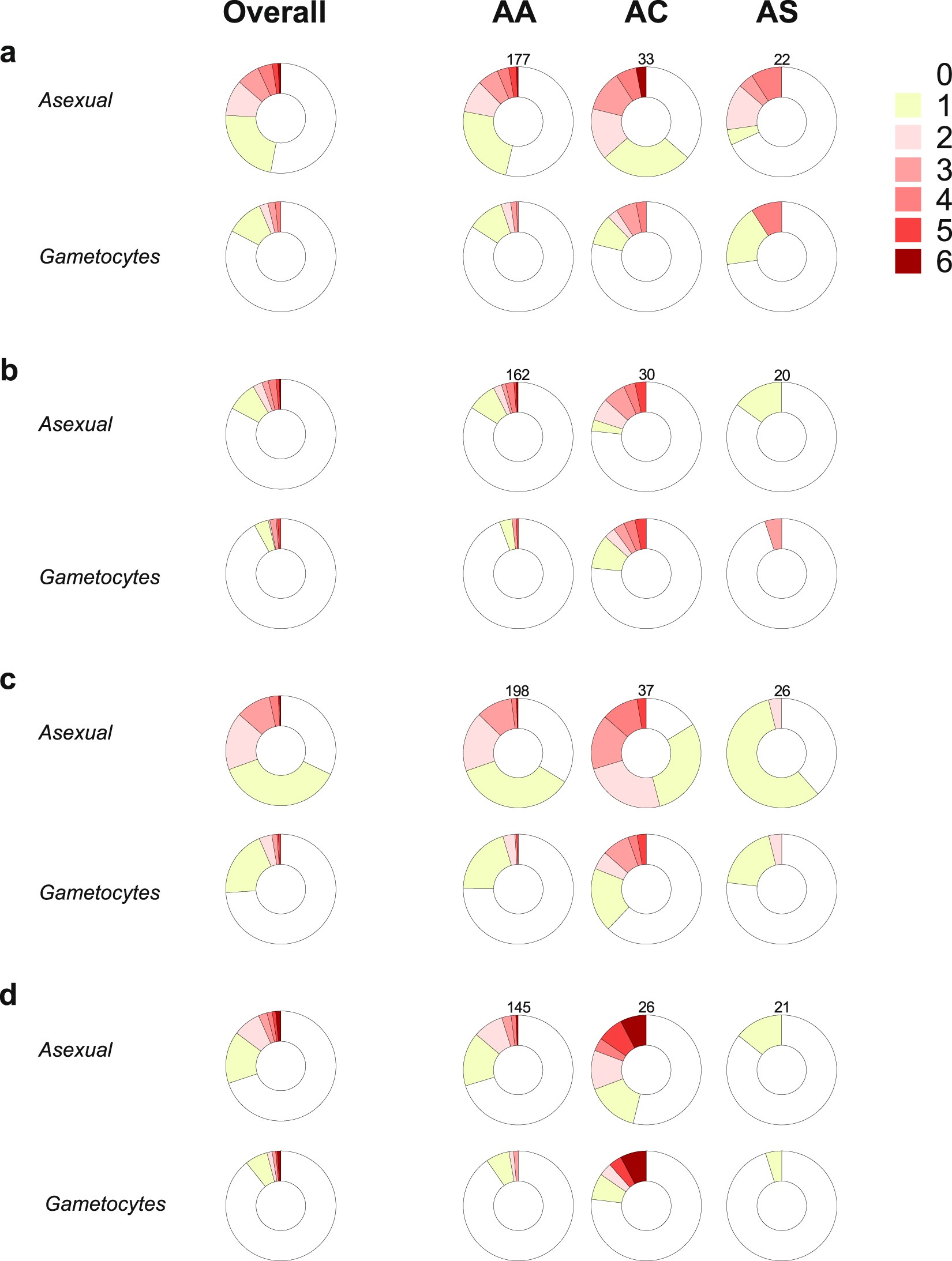Hemoglobin & Myoglobin: 4. Dissociation Curves - Biochemistry Flashcards
4.7 (243) · $ 7.99 · In stock
Dissociation Curves We can compare compare the binding properties of both myoglobin and hemoglobin by drawing their dissociation curves. These curves measure their relative affinities for oxygen. • We draw a graph and label the x-axis oxygen partia
Dissociation Curves We can compare compare the binding properties of both myoglobin and hemoglobin by drawing their dissociation curves. These curves measure their relative affinities for oxygen. • We draw a graph and label the x-axis oxygen partial pressure (torr). Number it 0 to 120. – 30 torr is ~ the partial pressure of oxygen in the body's tissues. – 100 torr is ~ the partial pressure in the lungs. • The y-axis % oxygen saturation: it's numbered 0 to 100. We will use it to compare the oxygen binding patterns of both hemoglobin and myoglobin. oxygen binding curve for hemoglobin and myoglobin Hemoglobin • We draw a sigmoidal curve that plateaus just below 100% saturation. • Cooperative binding produces this sigmoidal shape. – As one oxygen molecule binds, hemoglobin's affinity for additional oxygen increases, and its percent saturation rapidly increases. • We show that hemoglobin reaches half saturation in the peripheral tissues – it responds to oxygen availability and releases it when partial pressure is low. Myoglobin • We draw a hyperbolic curve to the left of the hemoglobin curve, a much simpler binding pattern that corresponds to myoglobin's single heme group. – Myoglobin has a high affinity for oxygen, and does not release it until the partial pressure is very low. – These binding properties correspond to myoglobin's role in oxygen storage. – We label the early portion of the curve "Exercising muscle" and the plateau "Muscle at rest." Myoglobin vs. Hemoglobin • Myoglobin releases oxygen in response to the muscle's immediate needs. • Hemoglobin's cooperative binding allows it to respond to changes in oxygen availability. Fetal hemoglobin dissociation curve • As a clinical correlation, we show that the fetal hemoglobin dissociation curve is to the left of the adult hemoglobin curve. • This is because it has a greater affinity for oxygen to facilitate oxygen transfer from the maternal hemoglobin to the fetus; fetal oxygen supplies come from the mother.

AK Lectures - Oxygen Binding Curve for Myoglobin and Hemoglobin

Structural Biochemistry/Hemoglobin - Wikibooks, open books for an open world

Chapter 9 Biochem Flashcards
Why does it get progressively harder for each oxygen molecule to dissociate from haemoglobin? Is it because of cooperative binding? What factors will make it easier for the oxygen molecules to dissociate?

Oxygen Myoglobin Dissociation Curve
What are the allosteric effects of the hemoglobin dissociation curve? - Quora

1st Unit / Ch 3 Globular Proteins Flashcards by ROSCIAE SAVIOR

Factors which influence the affinity of haemoglobin for oxygen

Lecture 10 Flashcards

Unit I_Ch 3 Globular Proteins Flashcards

Protein Interactions: Haemoglobin












